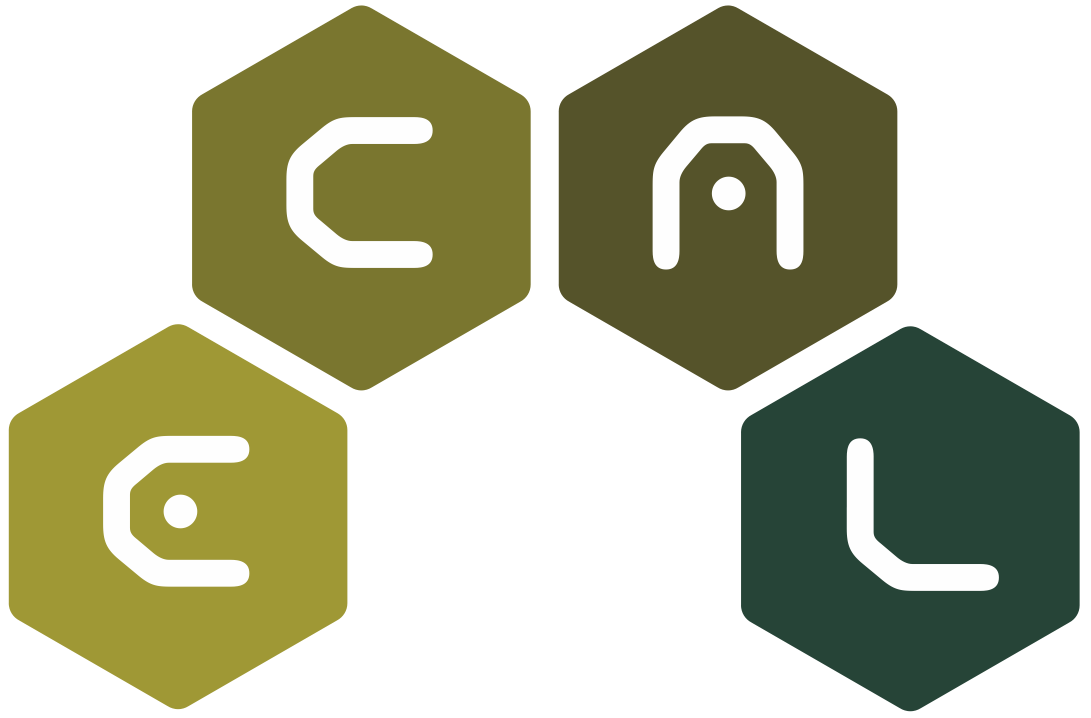Title
A population of information processing objects as a model of evolutionary dynamics

A population of information processing objects as a model of evolutionary dynamics
Download via this paper's page on the MIT Press ECAL 2015 Proceedings website.
An information-centric approach to modelling the evolution and complexification of a population of interacting pre-biotic entities is presented. Based on previous work by Crutchfield and Gornerup (2006) we develop an agentbased model of information processing objects represented as finite state transducers that interact and replicate. Those agents that can process information cost effectively and that are well connected within an interaction network are deemed to have a higher degree of fitness. The potential trade-off between cost and connectedness of an agent is measured quantitatively by determining its structural complexity and the interaction network complexity of the population.
Simulations of the model examine whether there is a critical interplay between the optimisation of individual agents at the expense of a population-wide benefit versus the optimisation of cooperation and coupling of objects for mutual benefit at the expense of the individual agents (a form of autopoietic system as defined in Maturana and Varela (1980)).
An increased theoretical understanding of the processes that lead to dynamically stable structures and their evolutionary transitions in populations of informational processing objects could provide important insights in a range of disciplines including the emergence of viable protocell communities on the early Earth, design and synthesis of protocell populations in the laboratory, evolution of multicellularity, and genesis of cancerous tumours.